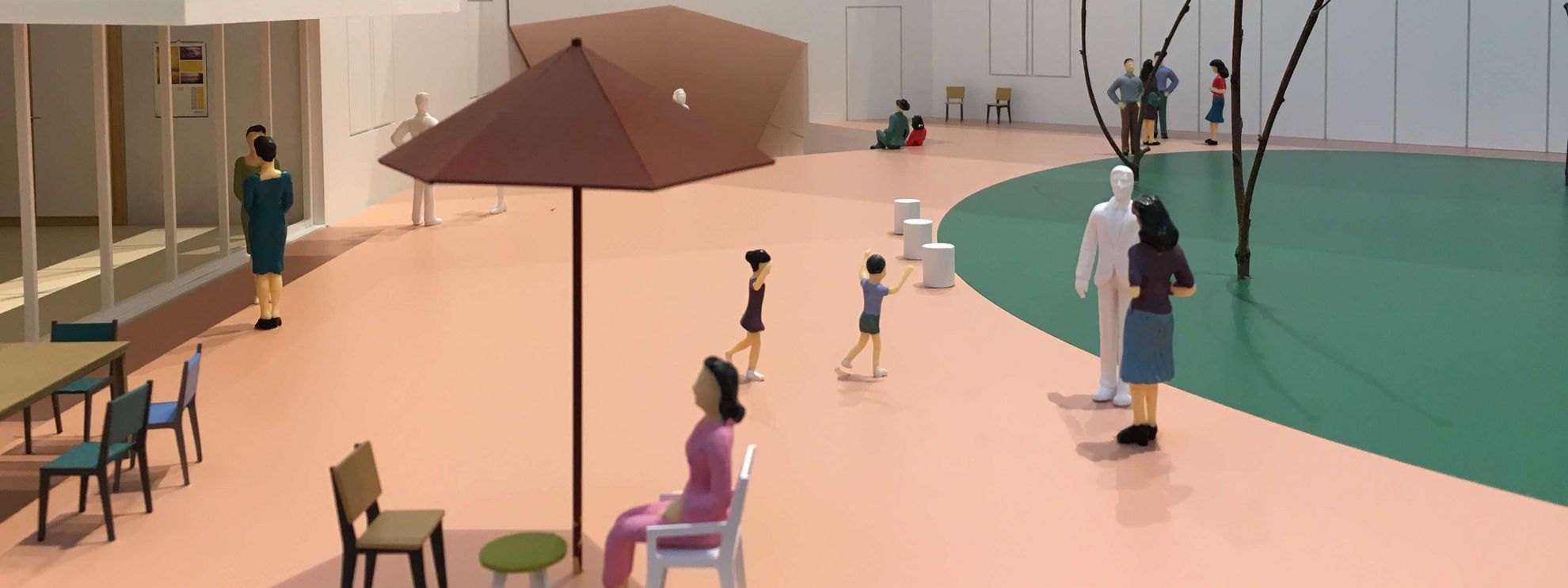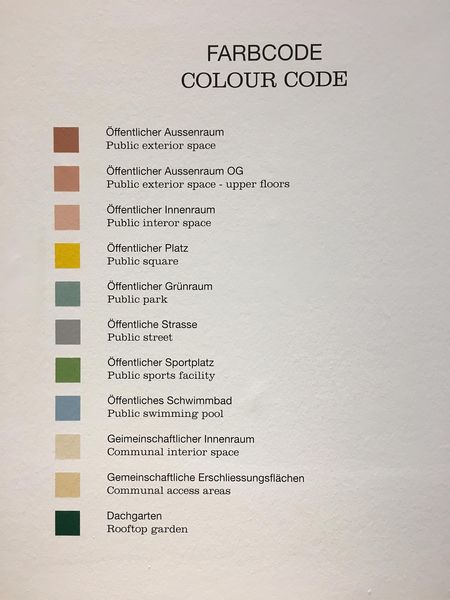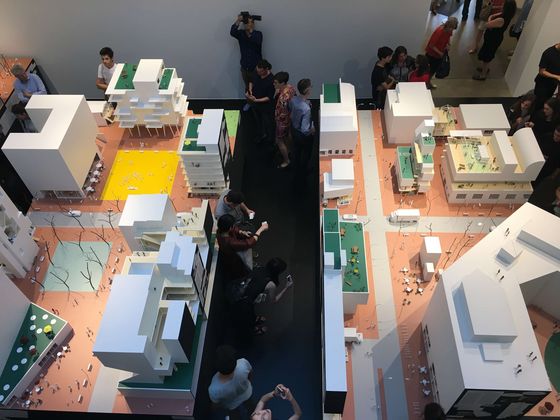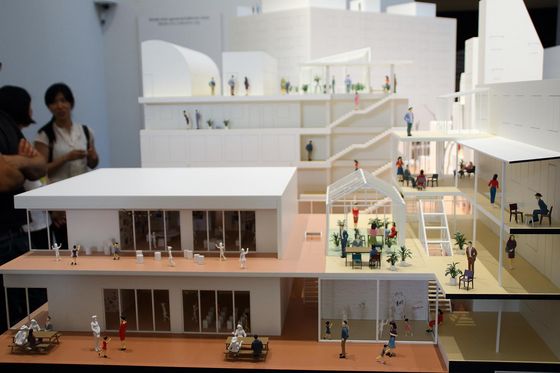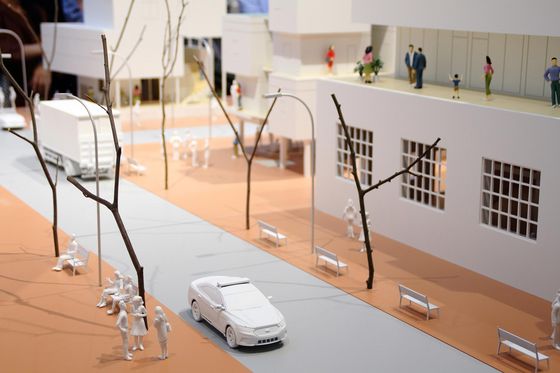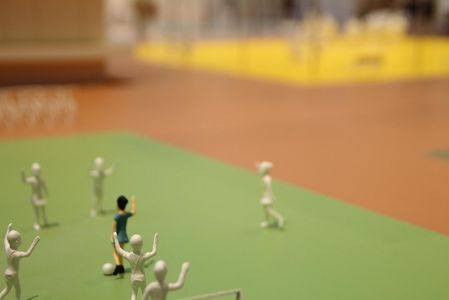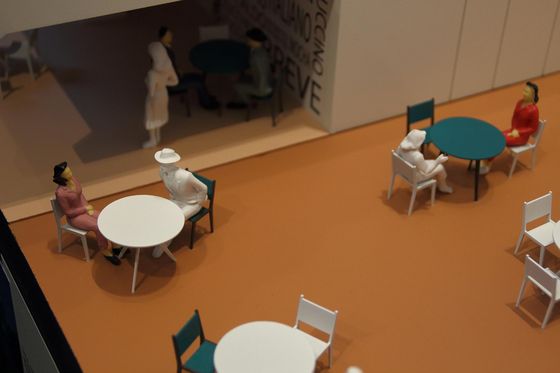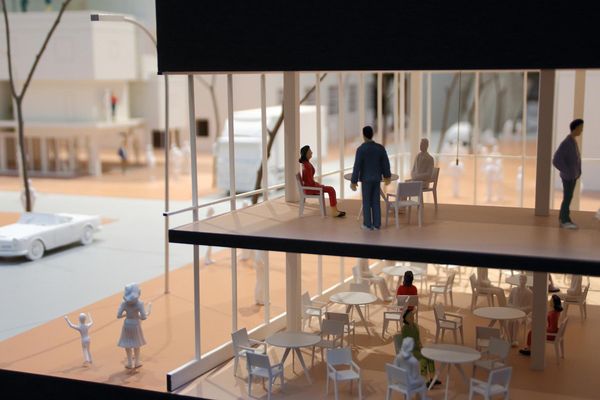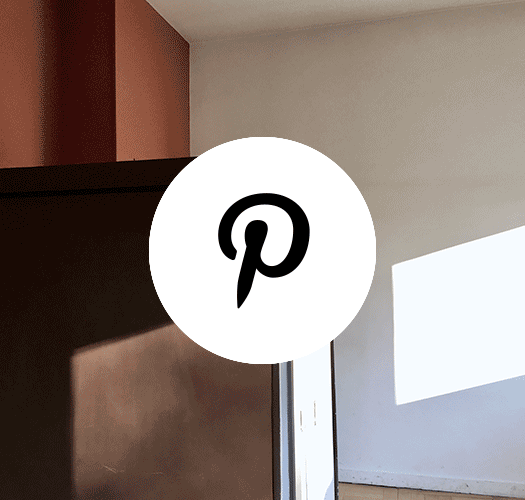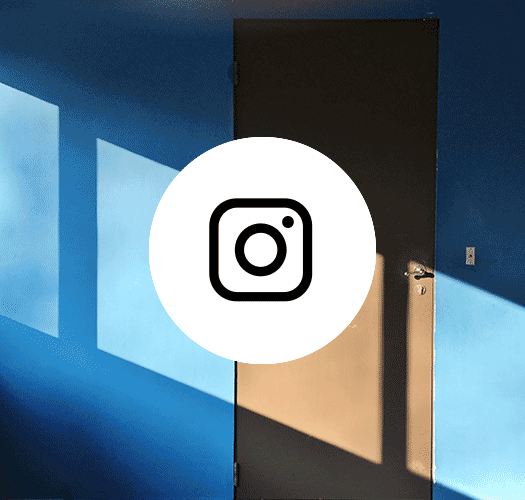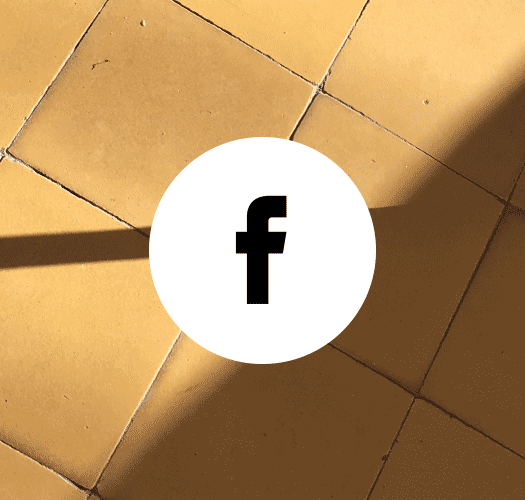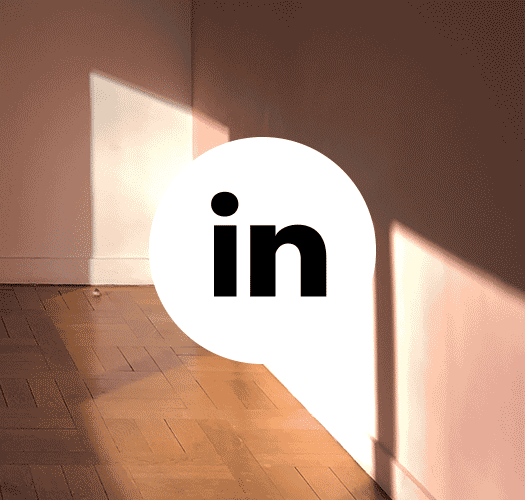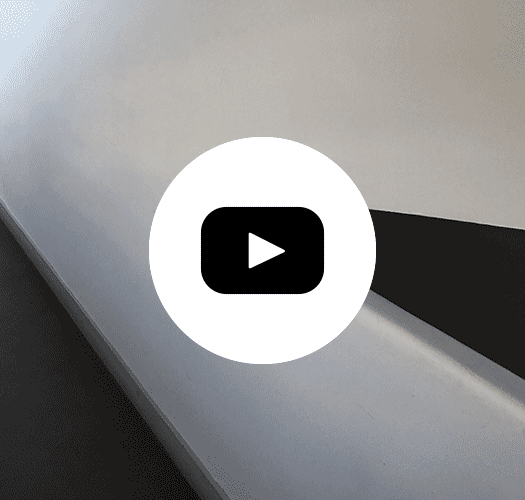The city as a public living room
This year the renowned Swiss architecture office EM2N presents the unique travelling exhibition "Together! The new architecture of the collective" which can be visited until 10 September at the Vitra Design Museum in southern Germany.
Impulses for new living
What started as an exhibition concept for the Architecture Biennale in Venice is now a comprehensive international view of pioneering concepts of shared living and the design of private and public spaces. With the aim of showing modern solutions of the new collective housing to the wider community, EM2N divides the exhibition into various areas.
The issue of collective living has a long history: at the beginning of the exhibition, visitors are invited to walk along a timeline that charts the key projects in the history of collective housing are early industrialization to the present day. The historical retrospect presents events from different eras, for example Robert Owen's utopian socialist factory settlements, early experiments with central kitchens – the so-called "Einhausküche" or the Swiss house occupations of the 1980s, thus showing the foundations of community-oriented urban development and architecture.
Experience urban density up close
The second section of the exhibition shows a total of twenty-one international realized projects, which do illustrate current approaches to the design of collective living. These large-format sectional models cover three areas and are assembled as a fictional city.
"Large and small houses are positioned side by side; it is about the co-operation of community and cultural use, of private and cooperative spaces. That means the boundaries between privacy and the public, housing and the city are no longer clearly separated, " explains EM2N project manager Fabian Hörmann.
That is why, Room 2 received the suitable title "The City as a Public Living Room". Furthermore, Hörmann explains that the aim was to give the visitor a special value of experience by letting him moving freely through the city. Amongst others, buildings were selected such as the House for Seven People (Japan); Kalkbreite (Zurich), Star Apartments (Los Angeles), La Borda (Barcelona) or Vrijburcht (Amsterdam).
The architectural office EM2N used Le Corbusier's Architectural Polychromy for the colour design of various living areas within the urban models, as the coordinated Le Corbusier colours create spatial separation, but at the same time give a harmonious, well thought-out overall picture. The fact that Le Corbusier was an important mastermind of collective living and using colour effects in urban projects, such as the Unités d'Habitation, worked for EM2N from a conceptual point of view.
The original lacquers for the model landscape were provided by Karl Bubenhofer AG (KABE).
Colour code
In the further course of the exhibition, the visitor experiences a cluster apartment on a 1:1 scale. This type of housing allows residents to live together with others without having to forego their individual private spheres. Around a generous communal area there are small apartments with pantry kitchens and bathroom units. The origin of this installation is the creation of new floor plans. In the last part of the exhibition, five of the twenty-one projects will explain and show the planning and development. On five desks, these projects are demonstrating the various processes of evolution and financing models.
The travelling exhibition "Together! The new architecture of the collective" in the Vitra Design Museum in Weil am Rhein, southern Germany, is open for visitors until 10 September. Numerous lectures by architects, designers and others take place during the exhibition. Some of these lectures are free admission. The architect Pascal Mory and Stephan Scholz, COO Les Couleurs Suisse speak on the subject of colour in the context of community living concepts on 6 July 2017. Further information about the exhibition and all the lecture dates can be found at: www.design-museum.de
Photos ©Les Couleurs Suisse

